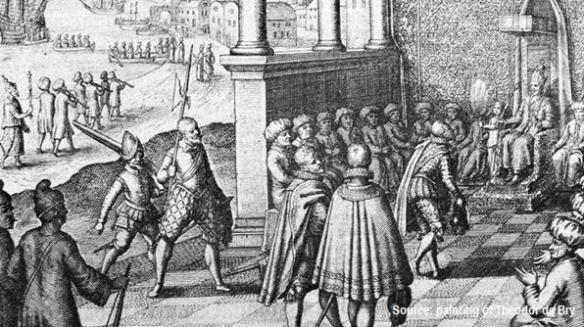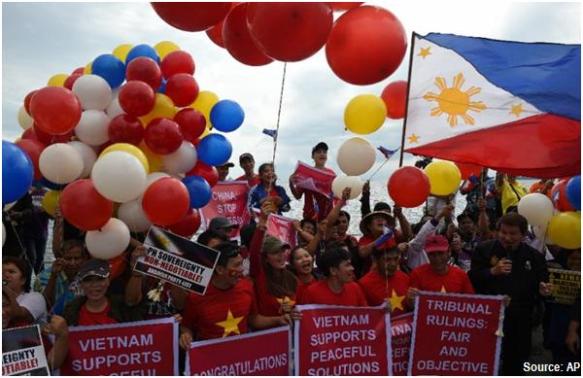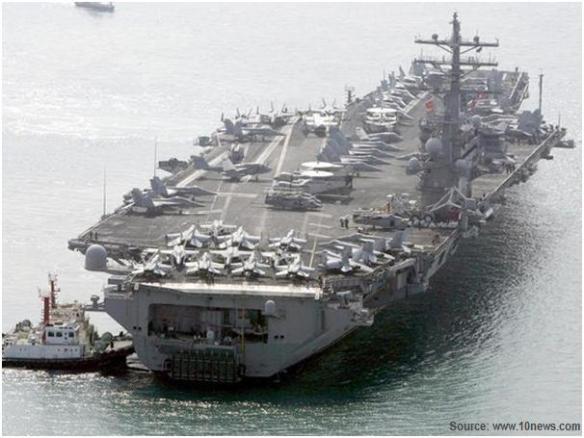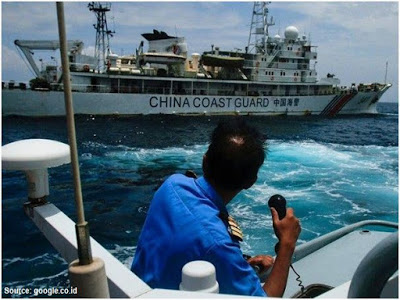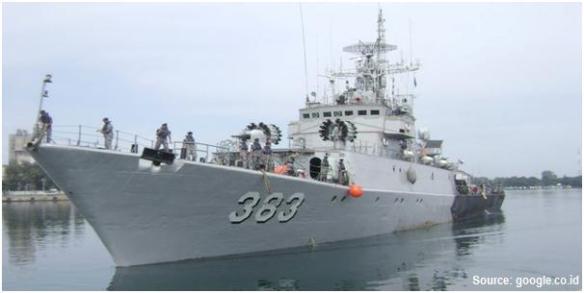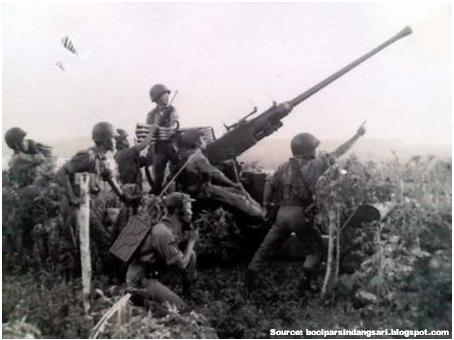When the Majapahit Kingdom was dwindling, an emerging new Islamic Sultanate in Demak, then a small harbor on the northern coast of Central Java, replaced Majapahit’s declining role as the dominant ruler in the archipelago. The new kingdom was founded in 1500 by Raden Patah, a noble descendant of Majapahit ruling kings, who ruled until his death in 1518.
Just about the falling of Majapahit Kingdom, the Islamic religion flourished and spread throughout Java, especially under the role and influence of Nine Guardians who lived on the northern coast of Java in about 200 years from the end of 14th to mid of 16th century. Those Guardians were Sunan Gresik, Sunan Ampel, Sunan Giri, Sunan Drajat, and Sunan Bonang in East Java, Sunan Kalijaga, Sunan Kudus, Sunan Muria in Central Java and Sunan Gunung Jati in West Java. Some sheiks and Islamic preachers also coming from the Middle East supported the Islam dissemination throughout Java and beyond.
During Raden Patah’s reign, the Portuguese armada started to invade and occupy the Malay Peninsula in 1511 and worried him so much as that could obstruct Demak’s influence over the archipelago, especially on the main route of spice trading from the Moluccas. In 1512 the Portuguese were able to take control of Spice Islands of Moluccas.
To win the competition between the Aceh Sultanate and the Portuguese in controlling trade routes in Malacca Strait, Acehnese under the leadership of Sultan Ali Mughayat Syah and Sultan Iskandar Muda attempted to get rid of the Portuguese by equipping their merchant ships with soldiers and weapons. Besides, Acehnese cooperated with the Demak and asked for Turkey, England, Goa, and Gujarat to supply them with arms and munitions.
But when Portuguese subdued Samudera Pasai, the Islamic Sultanate at the northern coast of Sumatera in the following year, Raden Patah dispatched a small armada attacking Portuguese stronghold in Johor, Malay Peninsula but easily defeated by the Portuguese. However, Raden Patah’s determination to drive out the Portuguese failed. He asked Gowa Sultan in Sulawesi for help and ordering 375 warships, the most significant fleet ever built up to that time. However, the Sultan died in 1518, before the dream came true, succeeded by Patih Unus, the son of his close acquaintance, Khaliqul Idrus, Syekh from the Middle East, who became his son-in-law.
Pati Unus was proud of his father’s grand strategy, and once the fleet was ready, he established a grand allied armada with those of Demak, Banten and Cirebon sultanates. In 1521, with the blessing of Guardians chaired by Sunan Gunung Jati from Cirebon, he declared himself as the admiral of the whole allied armada heading to Portuguese bastion in Johor. When Patih Unus’ soldiers were just about to disembark, the Portuguese fleet concentrated on attacking Patih Unus’ commanding ship and fatally sinking the ship altogether with Patih Unus and all his crew. Notwithstanding, under the new admiral, Fadhlullah Khan, popularly known as Fatahillah, the allied armada continued to attack the Portuguese position. The battle, which caused heavy losses on both sides, lasted for three days before the Portuguese’ big cannons drove the attackers back to Java.
Pati Unus was succeeded by Sultan Trenggana (1521-1546) as the third Sultan from Demak. Some people living on the north coast of Java tacitly greeted the failure of Patih Unus, among others that led by Duke Wira of Tuban Regency, who did clandestinely trade with the Portuguese. Sultan Trenggana was determined to suppress such disobedience and extend his influence throughout Java. To the east, he successfully conquered the whole area except Pasuruan and Blambangan. Then he sent a naval expedition to the west commanded by Fatahillah. On June 22, 1527, the armada attacked and occupied Sunda Kelapa, then under the jurisdiction of Pajajaran, the remaining Hindu Kingdom in West Java. [Jakarta Metropolitan City commemorated the day of the conquer of Sunda Kelapa as its birthday].
Meanwhile, in the Moluccas, people of Ternate Sultanate welcomed the arrival of Portuguese led by Antonio de Abreau in Ternate in 1512. The kingdom was one of the oldest Islamic Sultanates in the archipelago. Kolano Marhum (1465-1486), the 18th Sultan who first embraced Islam with all of his entourage, established the Sultanate. Sultan Bayanull, who reigned from 1500 to 1521, allowed Portuguese to develop a trading post in Ternate. Apart from expecting to get a fortune from the spice trading, the Sultan also asked the Portuguese to help to defeat Tidore, their great rival in the spice trade in the region.
Gradually, the Portuguese imposed to monopolize the trading and mingle in government affairs. Being unhappy with Portuguese interference, under Sultan Hairun (1534-1570), Ternate people rose and launched a war against Portuguese, which happened to be simultaneous with the attacks launched by Aceh and Demak in Malacca. Being in an awkward position, Lopez de Mesquita, then the Portuguese Governor of Moluccas, set up an ambush inviting Sultan Hairun to have a peace talk in their Sao Paulo fortress wherein the naive Sultan was arrested and killed. This dirty treachery united the angry people, and under the leadership of Sultan Baabullah (1570-1583), the successor of the Sultanate, they fiercely attacked Portuguese and drove them out of Moluccas in 1575, and for good.
Since then, Sultan Baabullah managed to bring Ternate Sultanate to its peak and becoming the most influential Islamic empire in the area. Their territory was vast. It extended from North to Central and East Sulawesi in the west to the Marshall Islands in the east from the southern Philippines in the north to the Kai Islands and Nusa Tenggara in the south. Sultan Baabullah dubbed the “Ruler of 72 Islands,” divided the Sultanate Jurisdiction into regions, and each was under a Deputy Sultan called Sangaji.
The fate of Portuguese in the archipelago was determined, and their grip was fading away. And suddenly, in one day of 1592, a big ship under the command of Cornelius de Houtman, with VOC flag fluttering over its main mast, anchored silently at the port of Banten. It marked the beginning of Dutch colonization, which took place gradually expanding their grip throughout the archipelago. In January 1641, the Dutch defeated Portuguese in Malacca, putting an end to their existence throughout the archipelago and the surroundings.



